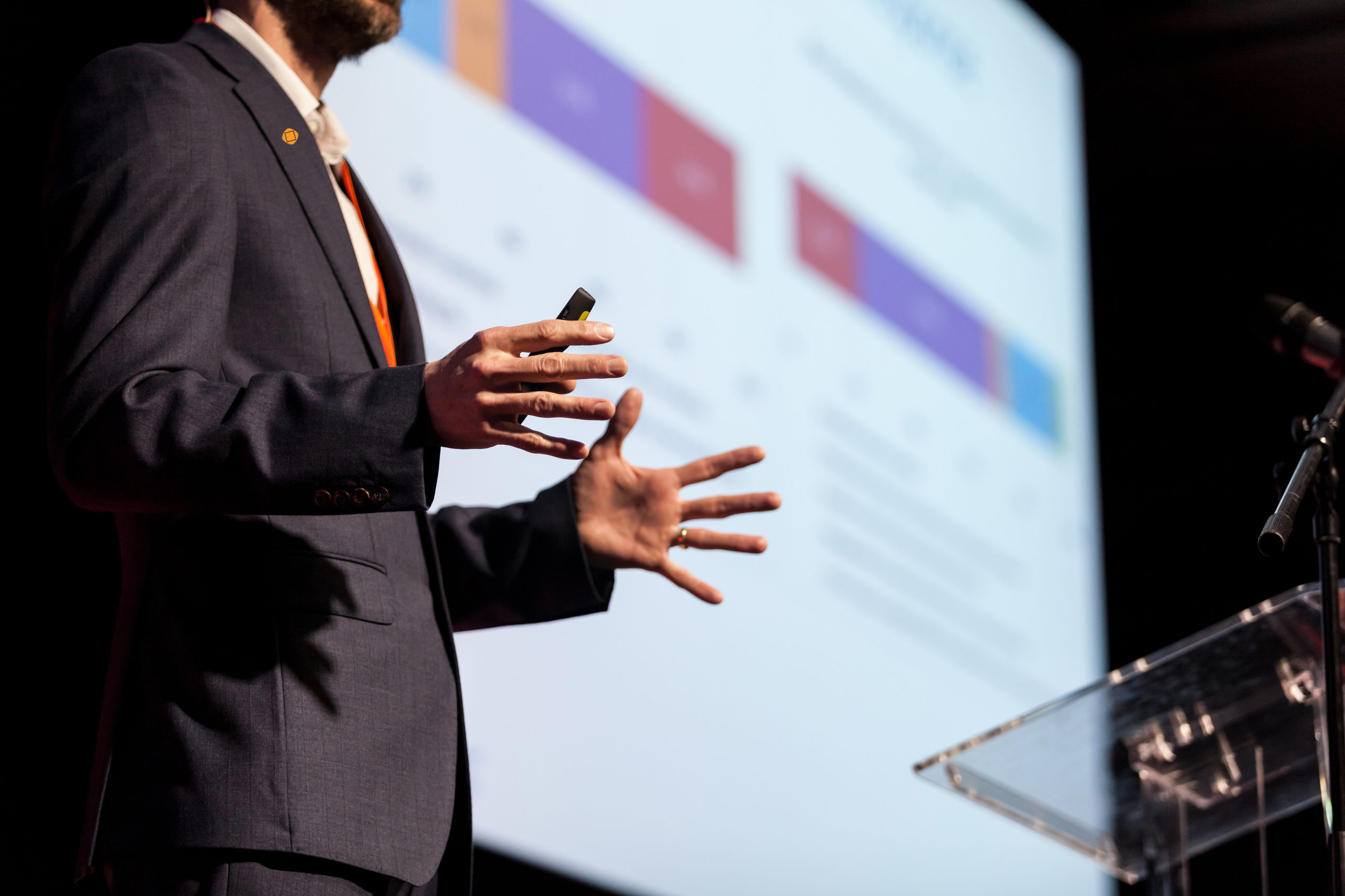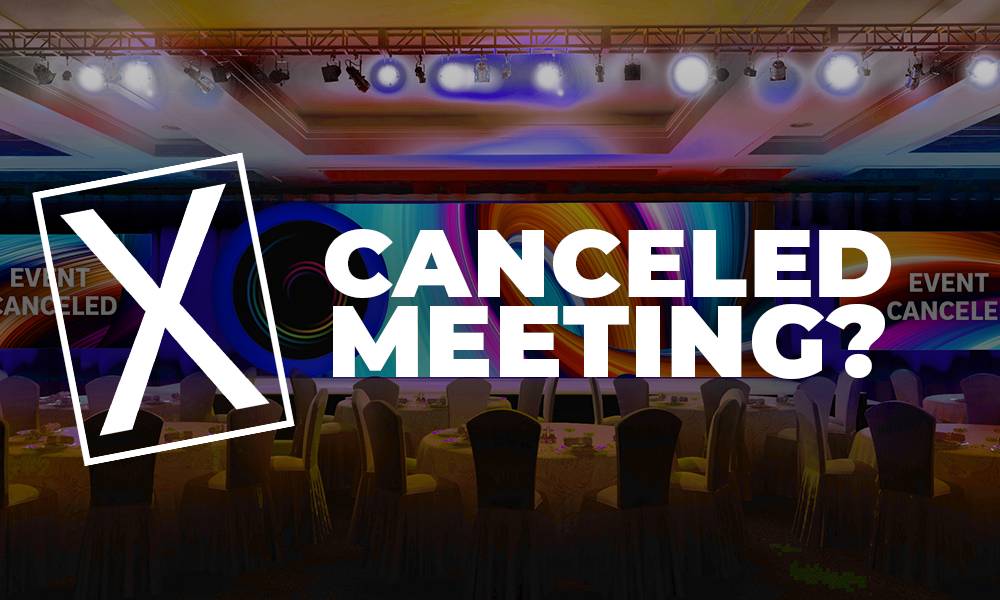In the world we live in today, everyone has an opinion. About everything.
Of course, everyone thinks their opinion is right. And everyone finds a way to justify everything in their own head.
Think about it. Your neighbor justifies his choice to be vegan by saying “it’s the only way to achieve the body I want.” Your cousin justifies buying a new house by saying “I love the landscaping, the neighborhood is perfect and the commute won’t be TOO bad.” Your mother justifies watching only Fox News by saying “it’s the only unbiased channel on TV.”
Yeah, OK.
The more you think about it, the more you’ll realize it’s true. Whenever people say something that may be wrong or that other people may find fault in, they find a way to justify it because it’s their world and they want to feel like they’re doing everything right all the time.
And it’s no different when it comes to presentations, but this one really irks us at SquarePlanet. Bear with me for a minute and this’ll make sense. I promise.
I was recently in Washington, D.C., for a meeting. I had some time to kill before my flight home, so I hit a coffee shop. After I grabbed a cup of joe and found a seat, I noticed two gentlemen to my left. Both had PowerPoint open on their laptops, and they were debating best practices for giving a presentation.
Yeah, I’ll admit I was eavesdropping, but only because I love this stuff!
Over the next few minutes, I saw and heard a number of things — all of which made me realize that yet again, we need to have a chat people.
For starters, both of their slide decks were horrendous. I mean, tragically bad. Guy A, for example, had what seemed like 5,000 words per slide, which is a HUGE no-no. But without any doubt in his mind, he believed that was the best approach and proceeded to justify it.
He turned to his compadre and said “I like to have as much info as possible on every slide. That way, people can take notes if they want to. Or if I get lost, I can just look up at the slide.”
Uhh, really? All right then, let’s begin there, shall we?
At SquarePlanet, we believe in OTPS. What’s that, you ask? One thought per slide. And we’d never recommend using a full sentence for that thought. A few words, maybe. But never a full sentence.
Ever heard of KISS (keep it simple, stupid)? Yeah, that and OTPS go hand-in-hand. Remember that.
The other part of that equation is the notion of looking up at a slide if you get lost in YOUR OWN PRESENTATION. First of all, that should NEVER happen because you should always be far more prepared than that. After all, giving a presentation is your opportunity to get your audience to both remember and act on your message. And if you aren’t prepared or don’t take that opportunity seriously, you’re doing yourself and your audience a disservice.
All right, back to the coffee shop. So after the whole 5,000-words-per-slide debacle, Guy B turns to Guy A and says, “yeah, I’m just going to stand at the lectern the whole time. I’m not going to move around at all so that everyone knows where to look at all times. It’s just easier if I stand there and don’t move. It’s better that way.”
Seriously?!
Guy A then says something along the lines of “see, I like to move around freely during my presentations. I just think it’s so much more engaging and it resonates more.”
HUH?!?! Those statements are NONSENSICAL.
But since both of these dudes justified their approach in their own heads, this is worth diving into. So let’s take a moment to go over what actually makes a presentation engaging and compelling. Let’s discuss the best way to resonate with your audience.
Look, it really doesn’t matter whether you stand at the lectern, lay down, ride a hoverboard around the stage or swing from the rafters while giving your presentation. If you don’t stick to the following methodology, your presentation will probably suck. Simple as that.
So where do you start?
Easy. Start with WHY. In other words, start your presentation with your company’s core belief(s). Giving your audience an explanation of WHY your business exists in the first place allows you to capitalize on the single unifying attribute of every member of your audience — they’re all human.
Next, before you begin developing any content for your next presentation, think about KFD. Ask yourself these three questions: What do you want your audience to KNOW? What do you want your audience to FEEL? And what do you want your audience to DO?
All great presentations answer those three questions without any doubt or uncertainty. And really, this is all based on science. This approach is grounded in deep, ancient logic from the world’s most famous philosophers of all time. And it works.
OK, you’ve started with WHY. You’ve answered KFD. Now what?
Now it’s time to dive into the best way to resonate with your audience — and that’s by using metaphors, parallels and stories.
We call this the “Sidewinder Method.” It’s when you use metaphors, parallels and stories that aren’t directly related to your presentation topic, but they help you explain complex concepts in a way your audience can immediately understand. You sidewind your way to your point, which helps you build a connection with your audience.
Say you are the CEO of an insurance company. You take the stage and begin with “We believe a road trip never starts until you buckle your seat belt.” In this case, your firm is the seat belt and your client is the road trip. You keep them safe while they navigate the twists and turns of life. It’s that simple!
Again, we’re all human — and when you establish a human connection with your audience by telling stories they can relate to, they’re far more likely to both remember and act on your message.
Look, we get it. This stuff is hard. It takes TONS of practice. And there’s so much more to it than what we’ve just briefly covered.
But if you’re struggling with presentations — if you regularly look out into the audience and find a sea of bright phone screens staring back at you — try implementing these techniques. Trust me, you’ve got nothing to lose because nobody is listening anyway!
We believe everyone has the ability to stand and deliver a presentation that actually makes a difference.
Including you.





0 Comments